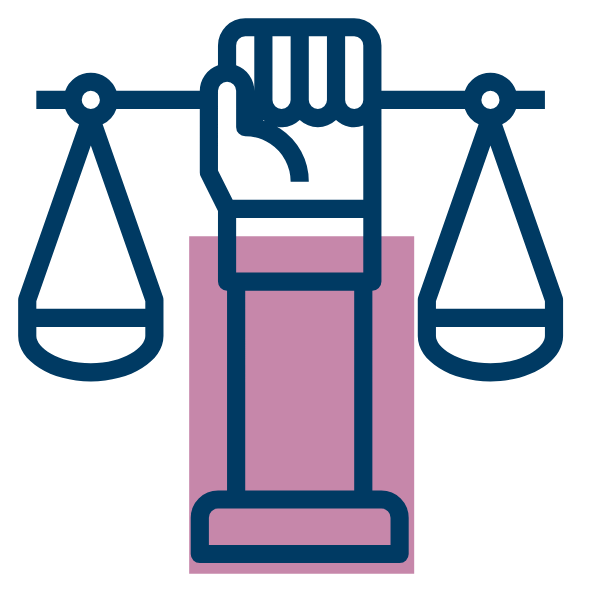Ensuring a Beneficial and Safe Digital Environment for Groups with Special Requirements
This issue pertains to the unique challenges that arise as children, senior citizens, persons with disabilities, and other vulnerable groups increasingly rely on cloud services (specifically software as a service, or SaaS) for important activities. For all of these groups, cloud services can ease access to essential services and other economic and social opportunities that may previously have depended on mobility, affluence, and other privileges (for example, distance learning, healthcare, and communication). However, like other online services, the prevalence of cloud services can also expose them to serious risks (for example, storage and distribution of child sexual abuse material, online scams, and other predatory behavior). To ensure these groups can fully benefit from the digital transformation, cloud services must be designed and governed with their unique requirements in mind.

